
5 curiosities to see in Budapest
Explore the top 5 curiosities in Budapest, from ancient relics and odd statues to mysterious caves.
O
C
Looking to explore the strange or unexplained places of Budapest? If you’ve visited before or have already spent a couple days seeing the main sights, it’s time to get weird. From spooky caves to oddball statues, Budapest is a city made for the curious. Rich in history and culture, and just different enough to stand out from the more touristy European cities, it’s managed to preserve its more unusual attractions. So, when you’re ready, let’s take a brave step off the beaten path and sneak a peek at the top 5 curiosities in Budapest.
1. See the mummified hand of Saint Stephen
Relics, the preserved mortal remains of the saintly and devout, have long captured our curiosity. In centuries past, a relic could attract the faithful from across the world, inspiring great pilgrimages and tales of miracles. The Holy Right Hand of Hungary, however, is unique in that it’s not just a relic of a saint – but of a king.
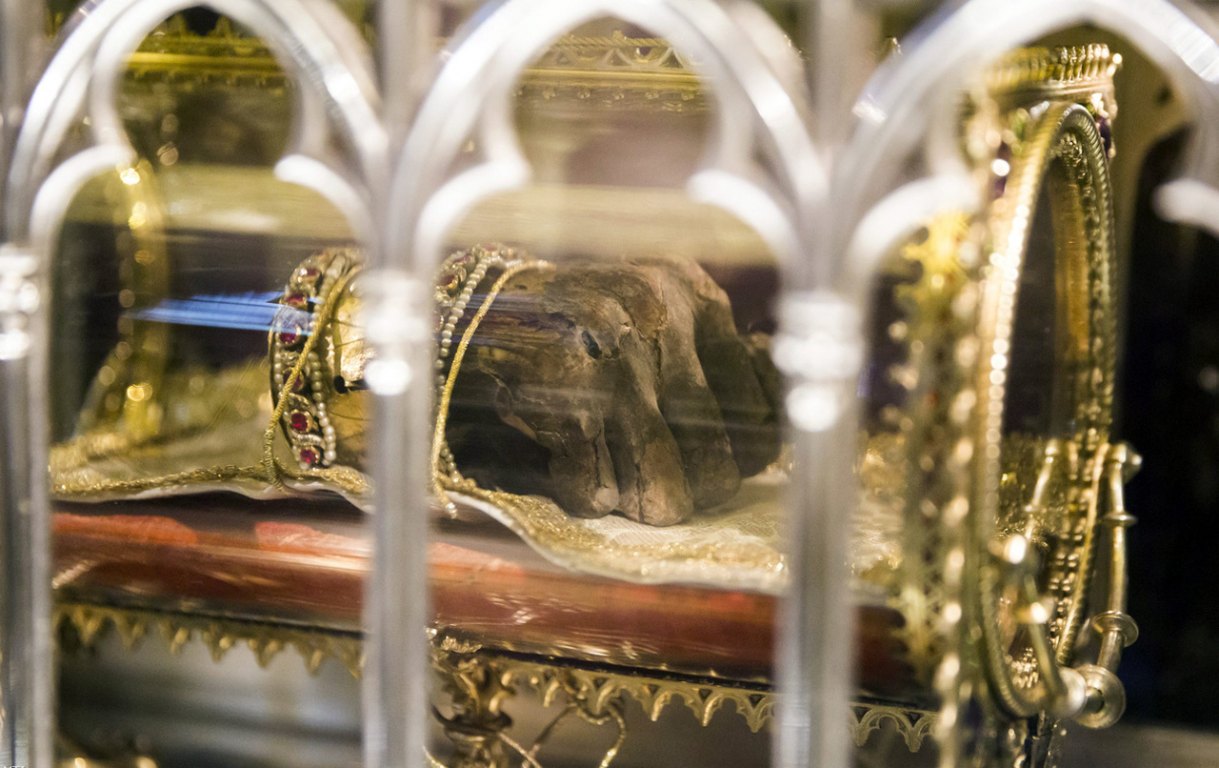
Adorned in gold and gems, it is said to have belonged to Stephen I, the first king of Hungary who unified the state under Catholicism in 1000 AD. As part of the canonization process in 1083, Stephen’s body was exhumed, and his right hand was said to have looked as supple and fresh as they day he died — 45 years earlier. The hand was promptly cut off and preserved. Over the years, it travelled around Central Europe for safekeeping during the Ottoman invasion and the great wars, before finally returning home to Hungary in 1945.
Today the Holy Right (Szent Jobb in Hungarian) can be found in the Szent Jobb Chapel in St. Stephen’s Basilica. The tightly clenched fist rests as noble as ever on a bed of velvet, encased in neo-gothic glass. Entrance to the basilica is free, but if you drop a 200 ft coin in the box to the right of the hand, a spotlight will help you get a better view.

If you happen to be in town on August 20th, Saint Stephen’s Day, don’t miss the Holy Right processions that celebrate Hungary’s first king and the foundation of the country. You can spot the relic leading the parade from the Basilica through the streets of Budapest.
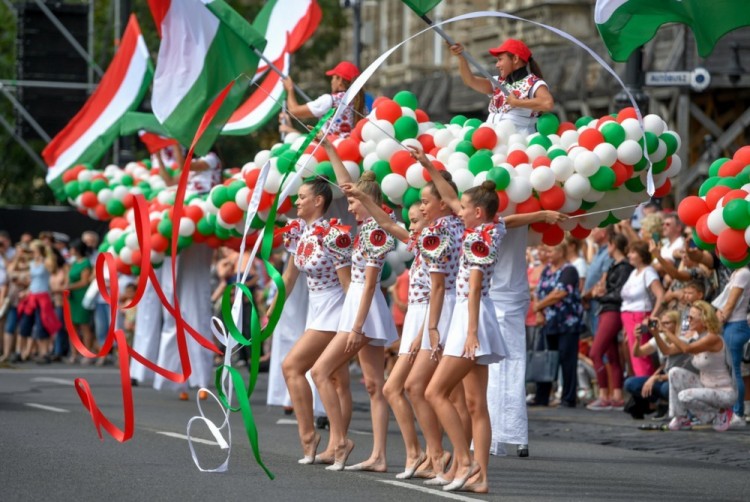
2. Explore the mausoleums of Fiumei Road Graveyard
Ivy-covered gravestones, decaying statues and twisted trees. In the Fiumei Road Graveyard, shadows grow long beneath giant mausoleums and dance in the candlelight along extravagant arcades. If you have some time to steal away from sightseeing in the city center, take a moment to haunt the oldest cemetery in Budapest and one of the most unique in Europe.

Hidden away in the backstreets of Keleti pályaudvar (Eastern train station), Kerepesi Cemetery, as it is better known by locals, has been well preserved in the hands of time and remains an important part of Hungarian culture. Founded in 1847, it has become the final resting place for the great revolutionaries, statesmen, and artists who built the Hungary we know today.
The cemetery grounds are huge, but you won’t regret spending a day visiting its three famous mausoleums. Surrounded by gardens and flowering trees, each one is grander than the last, and the painted domes inside are a wonder to behold.
Tip:
Take an evening stroll through the cemetery on the night of November 2nd, All Soul’s Day. Hundreds of candles will be lit, and gravestones decorated in remembrance of lost loved ones. It’s a beautiful sight and a true cultural experience – but be sure to be quiet and respectful throughout your visit on this solemn national holiday.
See the tombs of:
- Lajos Batthyány, Hungary’s first prime minister who was tragically executed in the 1849 revolution against the Austrian empire
- Ference Deák, the Sage of the Country, whose wise negotiations led to the formation of the Austro-Hungarian empire as a dual monarchy, giving Hungarians greater autonomy.
- Lajos Kossuth, the inspirational reformer and leader of the 1849 revolution for independence from Austrian oppression.
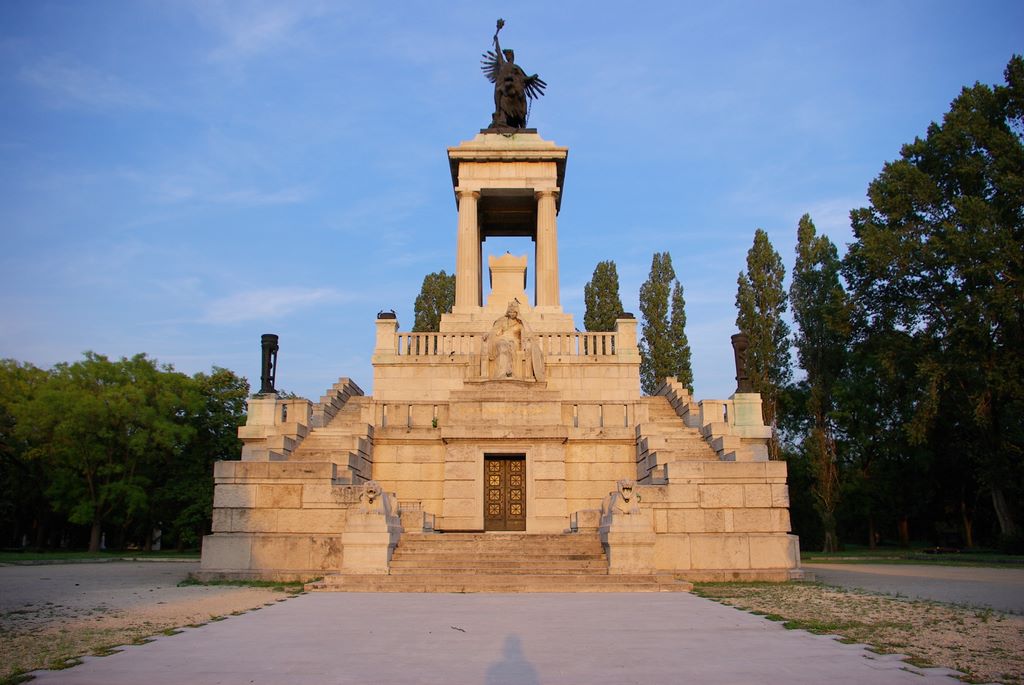
3. Find the mini statues of Budapest
A tiny tank, a cute deep-sea diver, and a little lunar rover… if you know where you look, you just might spot one of Mihály Kolodko’s miniature bronze statues. Known as Budapest’s very own Banksy, Kolodko isn’t your average sculptor. This guerrilla artist leaves his statues dotted around Budapest – without city permission.
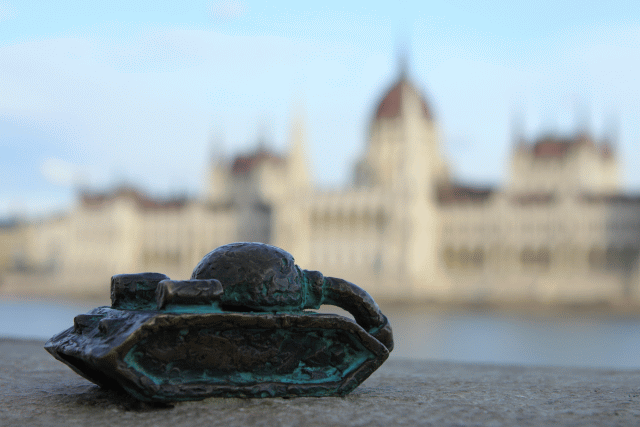
Each piece is created in secret, and their locations are only revealed after they have been hidden among the city’s famous landmarks. While the majority are light-hearted and based on nostalgic cartoons or Hungarian cultural icons, Kolodko’s work doesn’t shy away from controversy and at times can verge on satire.
If you keep an eye out, you’re sure to stumble across the murdered squirrel by the Colombo statue or the Rubix’s cube opposite Parliament while you’re sightseeing. There are over 20 statues to be found and Kolodko is continuing to create more. To catch them all, follow this map to find his most famous statues.
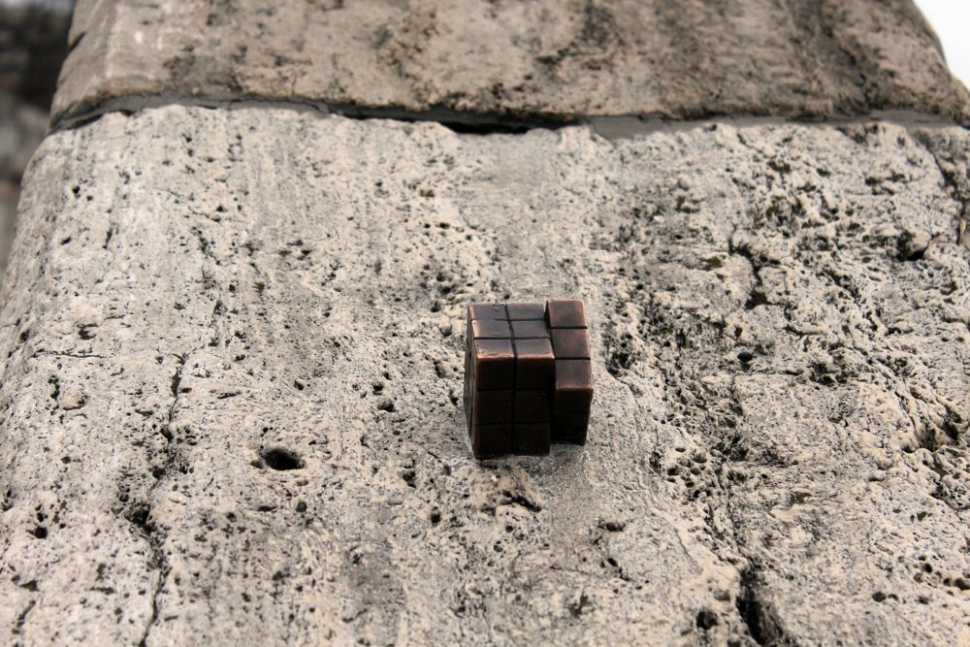
You can also follow the brilliant Statues of Budapest Instagram page to learn more about Kolodko’s work and explore the vibrant history of Budapest through the many fascinating and unusual sculptures that call Budapest home.
4. Live the hermit’s life at St. Ivan’s Cave
Crossing Liberty Bridge from Pest, a peculiar medieval scene unfolds on the banks of the Danube. Camouflaged in the grey stone of lonesome Gellért Hill, sharp coiled steeples leap from the riverbank and stand to attention like sentinels, drawing our eye to the delicately carved windows of a Romanesque cloister below. Watch closely, and you just might spy the soft movement of shadow behind a window here and there – a passing glimpse of the eternal guardians of Budapest’s curious “Cave Church.”
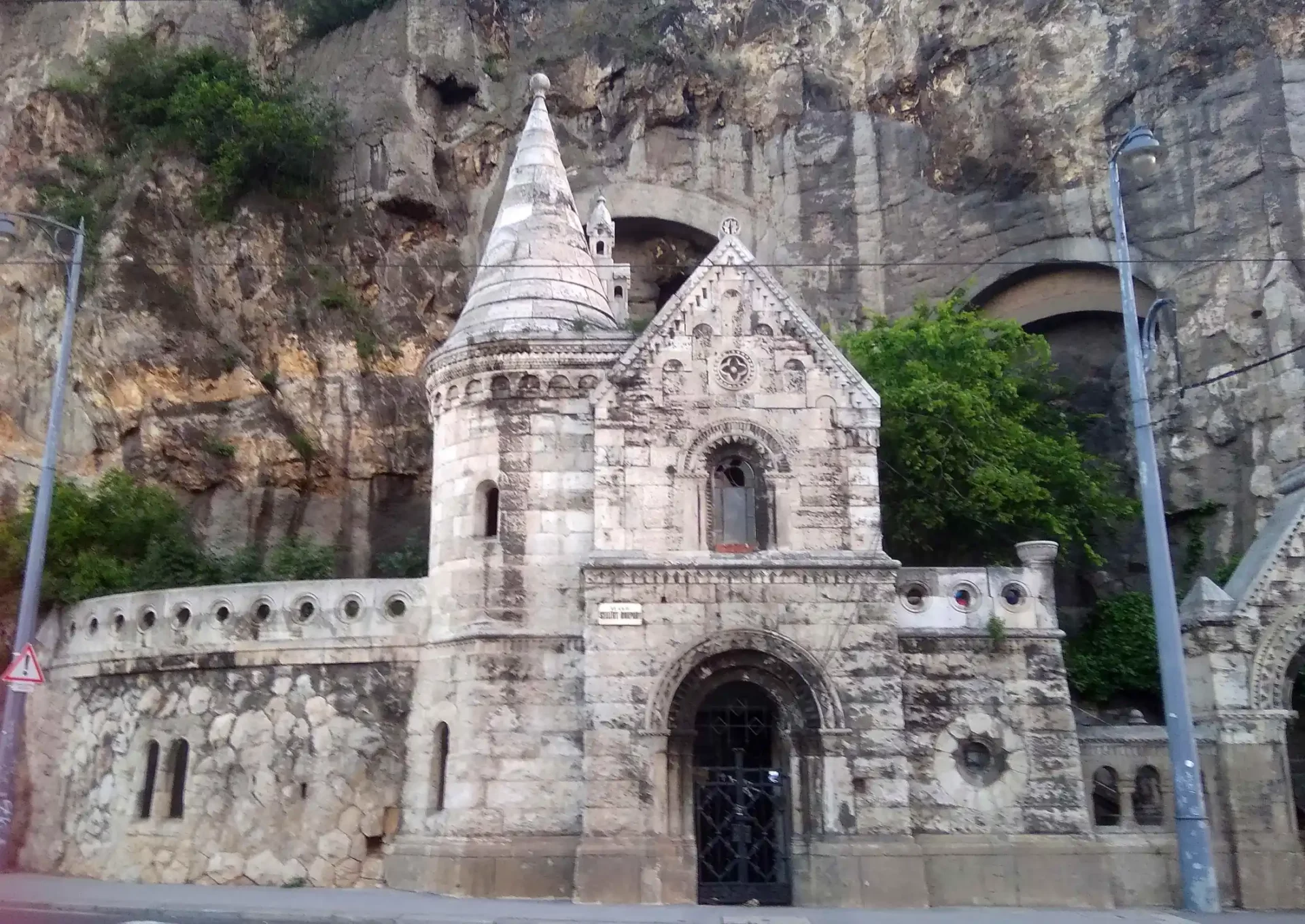
It’s a startling and unexpected scene in what’s normally a loud and crowded area of the city. Silent, grey and still like an old-fashioned photograph, the cloister is all that’s left of Budapest’s only monastery. In the 1930s, the towers were built to house the humble monks of the Order of St. Paul. As followers of Saint Paul, ‘The original hermit’, they had come to care for St. Ivan’s Cave. Legends states that Ivan the hermit made his home in the cave centuries ago, to treat the sick from the miraculous healing thermal springs of Gellért Hill.
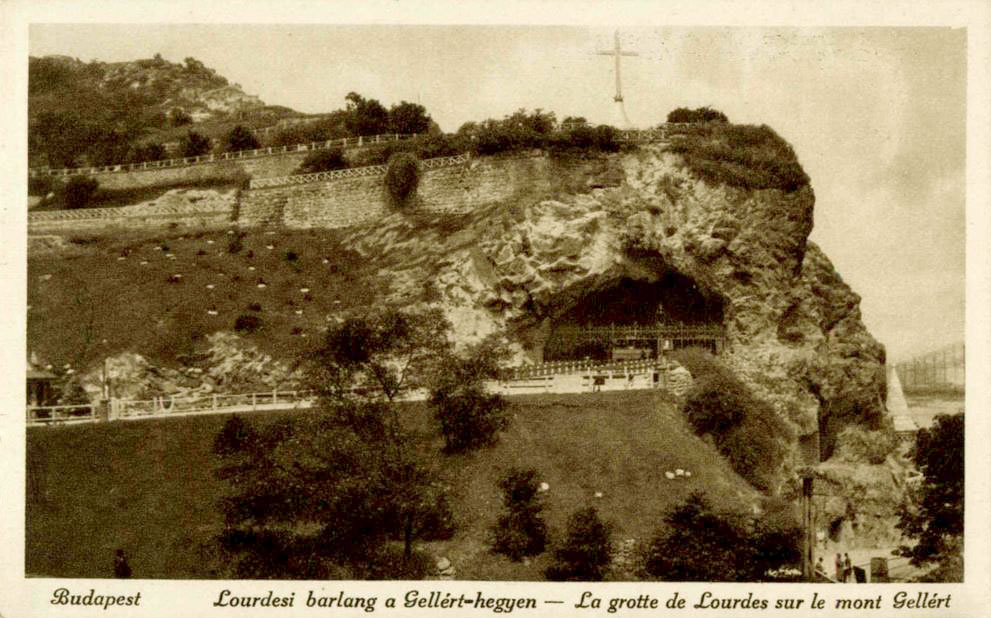
While the monastery is no longer used, the Cave Church still holds mass every week and welcomes visitors to explore this incredible historical site. From the bridge, cross the street and find the little trail leading up the hill, just opposite Hotel Gellért and Baths. At the top, you’ll come face to face with Ivan himself – his statue, at the entrance of the cave. Inside, you can explore the church so expertly by the Pauline monks and its treasures, such as a replica of Poland’s Black Madonna.
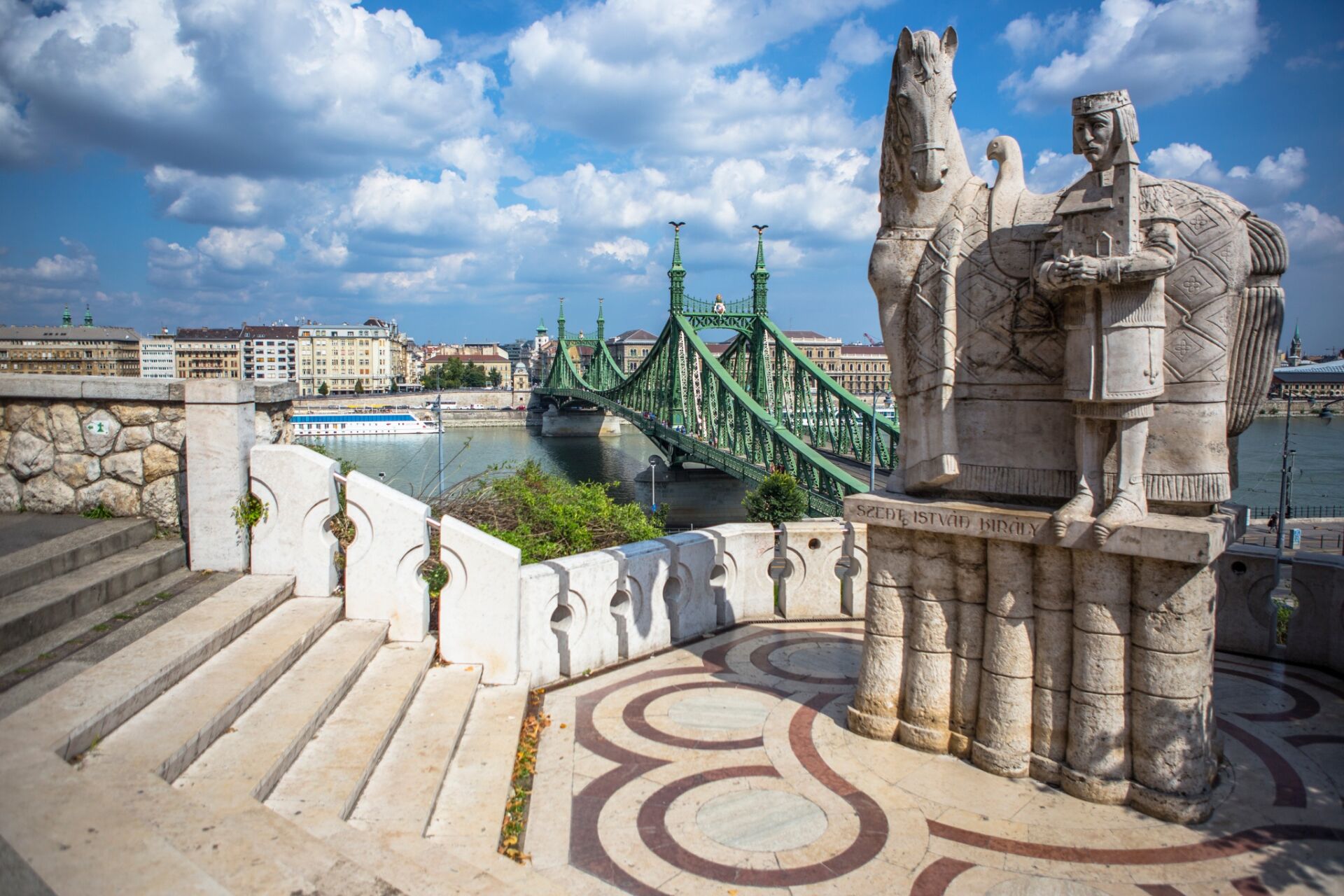
Can’t get enough of caves? Let us recommend a thrilling cave tour in Budapest – click here for more info.
5. Wander the dark passages of the Budapest Labyrinth
Grab the hand of a trusted friend and enter the pitch-black maze. Darkness surrounds. The only sound is that of water dripping from the cave walls. Each step takes you further into the abyss, and to find your narrow path, you must bravely stretch your hand – and prepare to meet who, or what, might be standing in your way.
The Budapest Castle Labyrinth, complete with its own waxworks (Panoptikum), lies in the depths of the cave system that snakes within Castle Hill. The 1000-meter long tunnels have been used as dungeons, a 16th century Turkish harem, and war bunkers. Today, they’re home to the oddest assortment of exhibitions you’ll find anywhere, let alone Budapest.
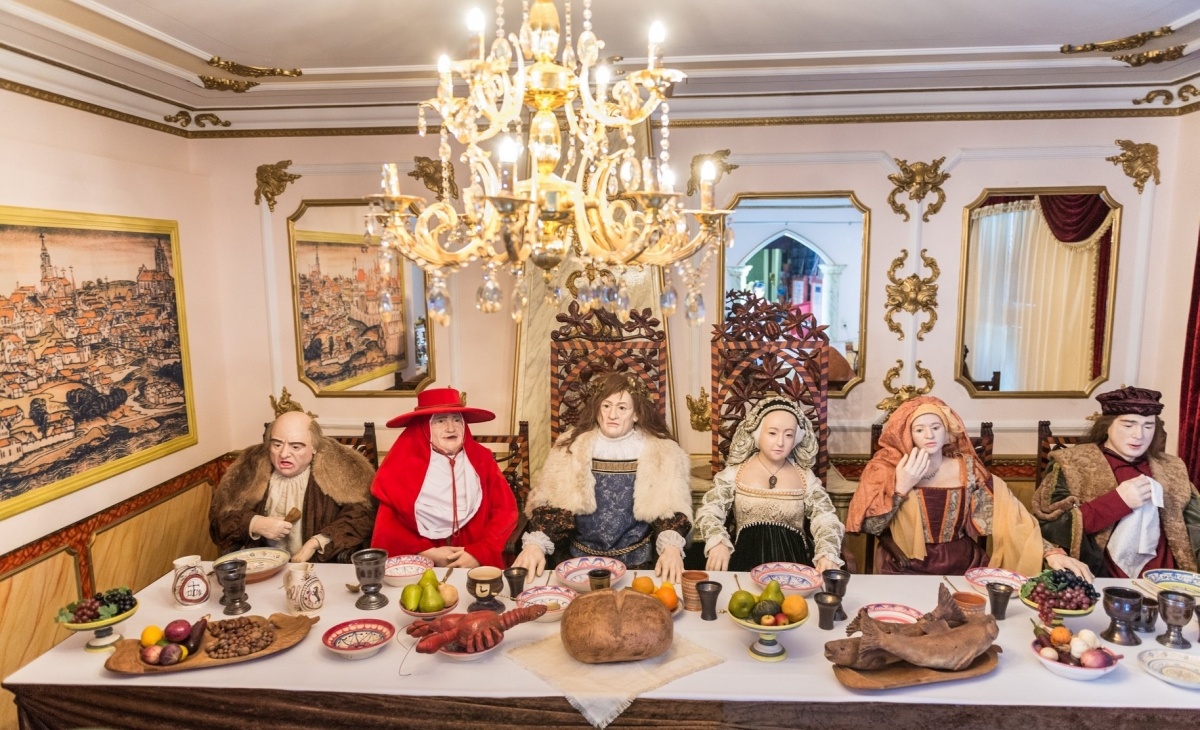
After crossing through the Maze of Darkness, you’ll follow the tale of The Masked Ball of the Black Count, in which creepy, dusty mannequins dressed in 18th century attire ‘act out’ the opera. Moody opera music follows your every step, giving the place a surreal ambience.
Explore further, and you’ll pass frightening holograms in the old dungeons. A heavy, dried-ice fog later reveals ‘Dracula’s Dungeon’ and his coffin, where legend says Vlad Tepes — aka Vlad the Impaler and the original Dracula—was imprisoned by King Matthias I for 14 years. Whether or not the history is true, it certainly makes for one of the strangest experiences in Budapest.
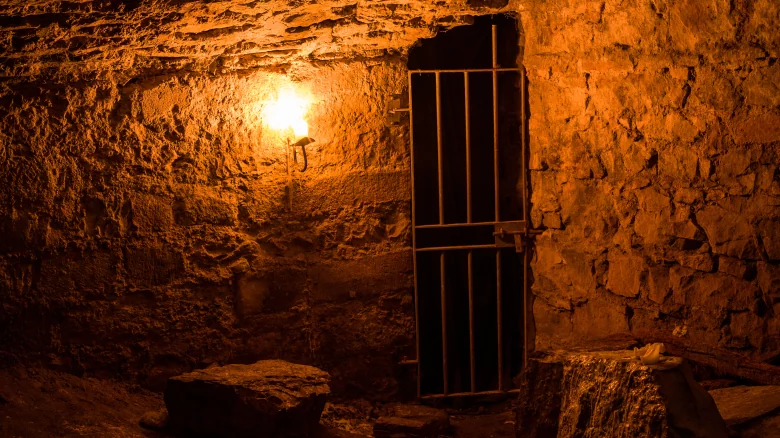
Visiting the labyrinth costs about 6 euros/person and should only take 30 mins if you go quickly. Enter the Panoptikum, if you dare, at Uri utca 9, Budapest 1014 Hungary.
Budapest is a gem of a city and that itself makes it a sight to behold. But if you’re ready to tread away from the tourist areas, you’ll find a wealth of treasures. Whether it’s oddities, the unexplained, or the dark and macabre that you’re after, there are plenty of curiosities to see and explore in Budapest.
Q & A
- What are the weirdest things to see in Budapest?
- Budapest offers a number of curiosities for visitors to see, such as the hand of St. Stephen, the Kerepesi cemetery, a cave church, a strange labyrinth, and a great deal of mini statues scattered all around the city.
- What are some weird things to see and do in Budapest?
- See a relic, visit a famous cemetery, treasure-hunt for mini statues, discover a cave church and explore a labyrinth in the dark.
- Are there strange things to see in Budapest?
- Budapest is home to 5 must-see curiosities, including the hand of St. Stephen, a cave church, and a great deal of mini statues scattered all around the city.
Related Articles
-

Your ultimate itinerary to exploring Budapest in 1, 2 or 3 days
-

Find the best apartment for rent in Budapest
-

Primark Budapest – finally, the popular store has arrived in our country!
-

But first, breakfast – the 5 best brunch places in Budapest
-

The 5 coolest boutique hotels in Budapest
-

Attention fish lovers: the Hungarian fisherman’s soup guide is here!




Your experience is important.
Anything you have not found?
Ask a Question
Please log in to write a review.
There is no review yet.